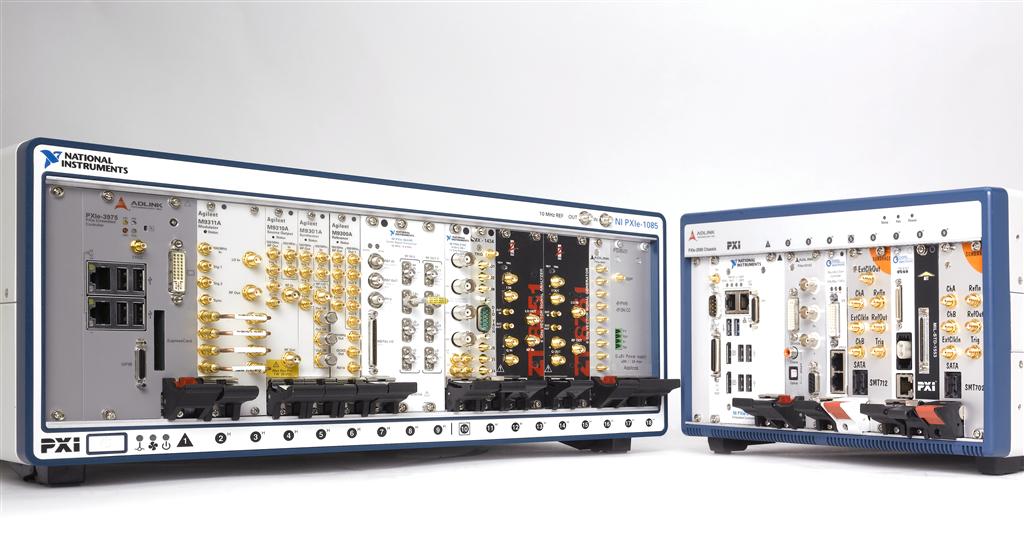Description
The Astronics Ballard Technology / National Instruments LV-222-442-000 is a PXI ARINC 429 Interface Module with the National Instruments Part Number 784803-01. This module is designed to support 16 channels for both receiving and transmitting purposes, adhering to the widely recognized ARINC 429 communication standard, which utilizes a broadcast bus topology.
Each of the 16 channels on the module is capable of configurable frequency settings, allowing for tailored operations per channel. For ensuring reliability and performance, the module includes sophisticated, built-in test circuitries and temperature monitoring to check the module’s integrity and operational environment. Additionally, the LV-222-442-000 is complemented by a software suite that is included to facilitate setup, control, and integration into various systems.
| Attribute | Details |
|---|---|
| Manufacturer | Astronics Ballard Technology / National Instruments |
| Part Number | LV-222-442-000 |
| National Instruments Part Number | 784803-01 |
| Product Type | PXI ARINC 429 Interface Module |
| Channels | 16-Channel (Receiving/Transmitting) |
| Communication Standard | ARINC 429 |
| Topology | Broadcast Bus Topology |
| Configurable Frequency | Yes (for each receive and transmit channel) |
| Test Circuitries | Sophisticated, Built-in Test Circuitries |
| Temperature Monitoring | Yes |
| Software Suite | Included |
Q1: What are the capabilities of the Astronics Ballard Technology / National Instruments LV-222-442-000 in terms of channel count, topology adherence, and additional features for ensuring performance and facilitating integration?
A1: The Astronics Ballard Technology / National Instruments LV-222-442-000 ensures reliability and performance in its operations through sophisticated built-in test circuitries and temperature monitoring to maintain the integrity of the module and its operational environment.
Q2: What is the function of the built-in test circuitries and temperature monitoring in the Astronics Ballard Technology / National Instruments LV-222-442-000 PXI ARINC 429 Interface Module?
A2: The configurable frequency settings on each of the 16 channels of the Astronics Ballard Technology / National Instruments LV-222-442-000 PXI ARINC 429 Interface Module allow for tailored operations per channel, enabling users to customize the data transfer rates according to the specific needs of their application.
Q3: What is the function of the configurable frequency settings on each of the 16 channels of the Astronics Ballard Technology / National Instruments LV-222-442-000 PXI ARINC 429 Interface Module?
A3: The built-in test circuitries and temperature monitoring in the Astronics Ballard Technology / National Instruments LV-222-442-000 PXI ARINC 429 Interface Module function to ensure the reliability and performance of the module by checking its integrity and monitoring the operational environment for temperature variations.
Q4: How does the Astronics Ballard Technology / National Instruments LV-222-442-000 ensure reliability and performance in its operations?
A4: The Astronics Ballard Technology / National Instruments LV-222-442-000 is a PXI ARINC 429 Interface Module that supports 16 channels for both receiving and transmitting, adheres to the ARINC 429 communication standard with a broadcast bus topology, and includes configurable frequency settings for each channel, built-in test circuitries, temperature monitoring, and comes with a comprehensive software suite for ease of integration and control.
Q5: What are the main features and capabilities of the Astronics Ballard Technology / National Instruments LV-222-442-000 PXI ARINC 429 Interface Module?
A5: The Astronics Ballard Technology / National Instruments LV-222-442-000 PXI ARINC 429 Interface Module supports 16 channels for both receiving and transmitting, features configurable frequency settings for each channel, incorporates sophisticated test circuitries and temperature monitoring for reliability, adheres to the ARINC 429 communication standard with a broadcast bus topology, and includes a comprehensive software suite for ease of setup and integration.



